Small Town Romance
Amsterdam’s boat houses, at first glance, appear as if they’ve always been there, clinging to the canals like barnacles to the belly of a ship, but their origins are far more rooted in necessity than romance.
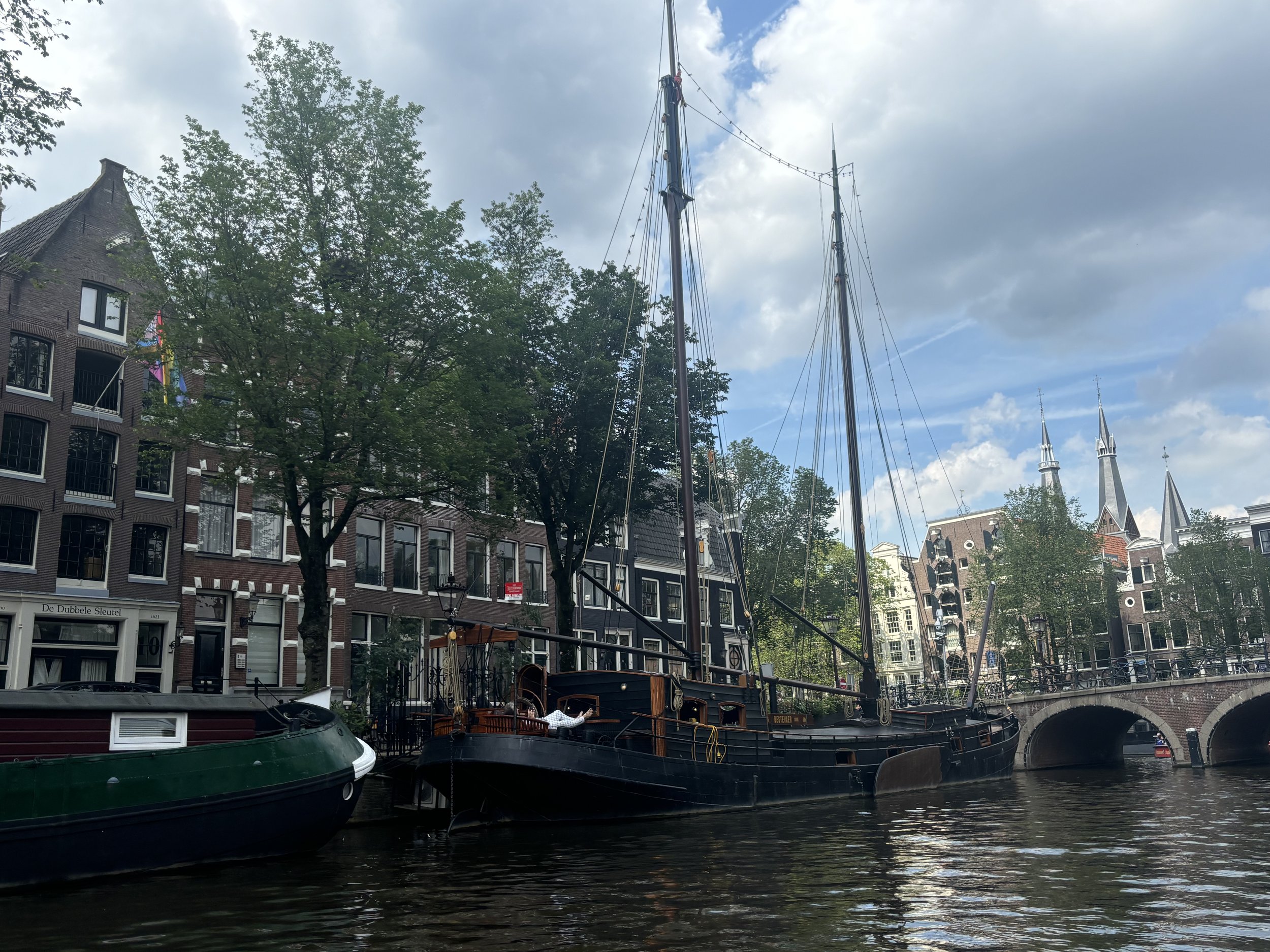
In the aftermath of the Second World War, the housing crisis prompted a rise in the use of decommissioned barges and freighters as floating homes for the city’s displaced residents. These relics of a maritime past were given new life—stripped of their cargo and repurposed into humble homes, floating along the edges of the city’s waterways.
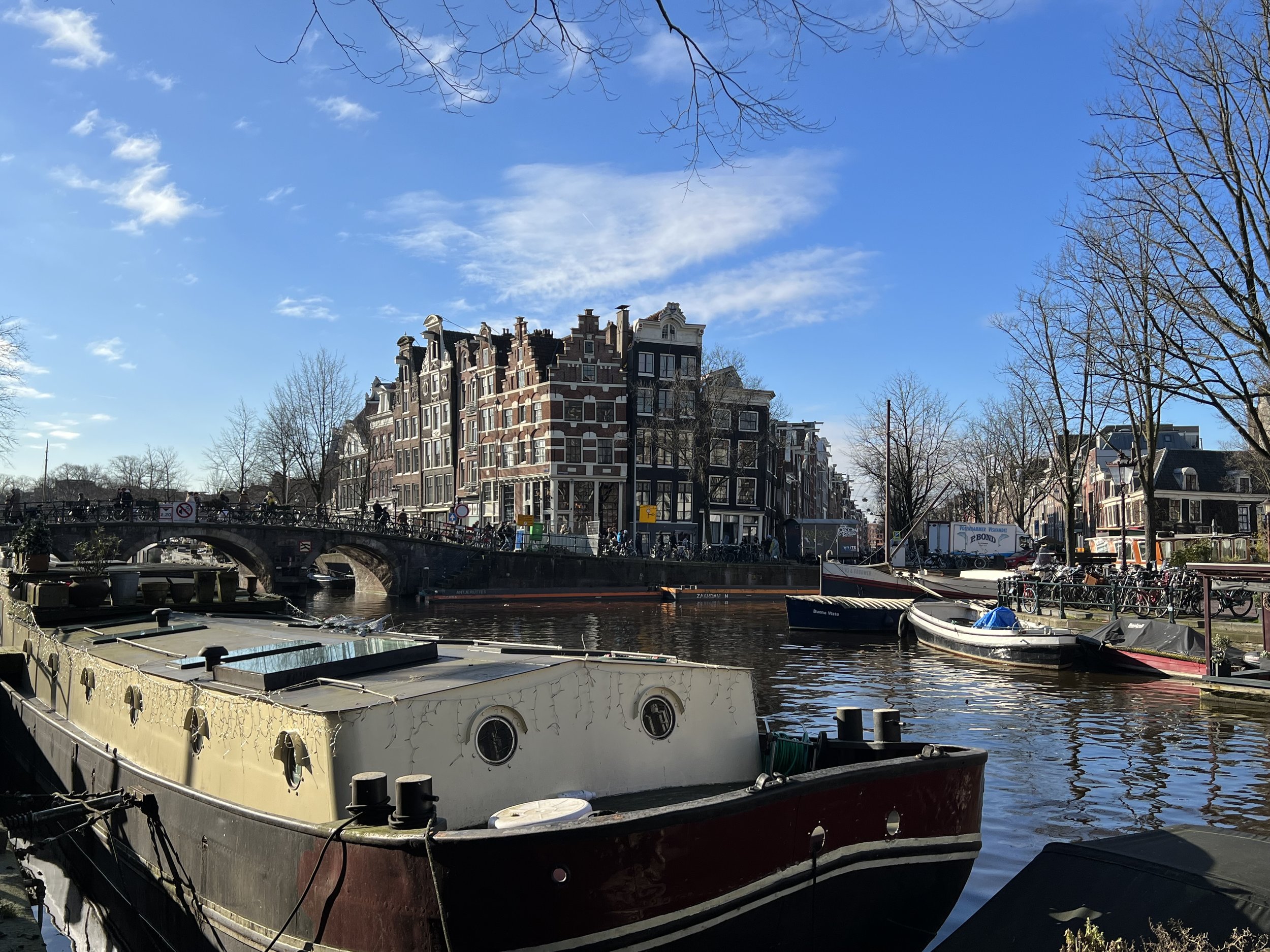
What began as a solution for the homeless has since evolved into a coveted lifestyle. These boat houses, once scattered like forgotten bones, now represent an exclusive, often unattainable dream. The narrow, winding canals have become distinct neighborhoods, where the rhythm of life shifts with the tide. Inside these houses, there is a certain quiet that landlocked homes cannot offer, broken only by the occasional bump of a passing tourist boat or the soft slap of water against the hull.

But there are secrets hidden beneath their picturesque facades, things most people don’t see. For one, these boat houses are not truly autonomous. They rely on land for water, electricity, and waste disposal—no small feat for a structure adrift. Each boat is tethered to the city by a web of unseen pipes and cables, an umbilical cord that keeps these floating homes from becoming entirely self-sufficient. And then there’s the maintenance. Most boat owners spend more time scraping barnacles, patching leaks, and battling rust than they care to admit, the glamour of the lifestyle tempered by the constant demands of keeping a vessel afloat.
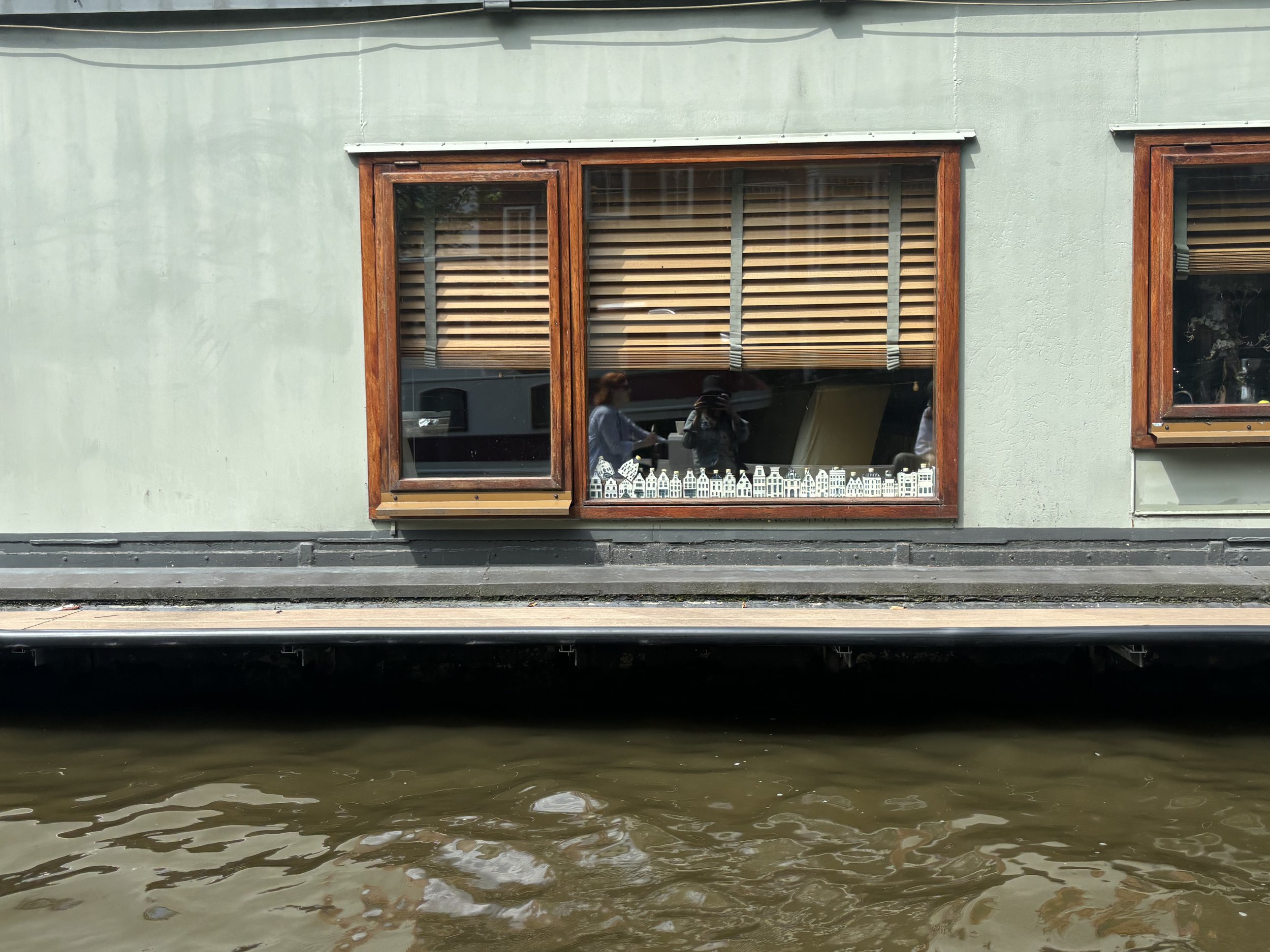
The water itself, often imagined as clear and inviting, is a murky secret. The canals, while cleaner now than they once were, still hold their own ghosts—bicycles, old furniture, even the occasional forgotten body. And yet, the houseboat owners remain, resilient and steadfast, undeterred by the waters beneath them. Some have turned these floating homes into small businesses—cafes, guesthouses, artist studios—spaces where visitors can glimpse into this amphibious life.
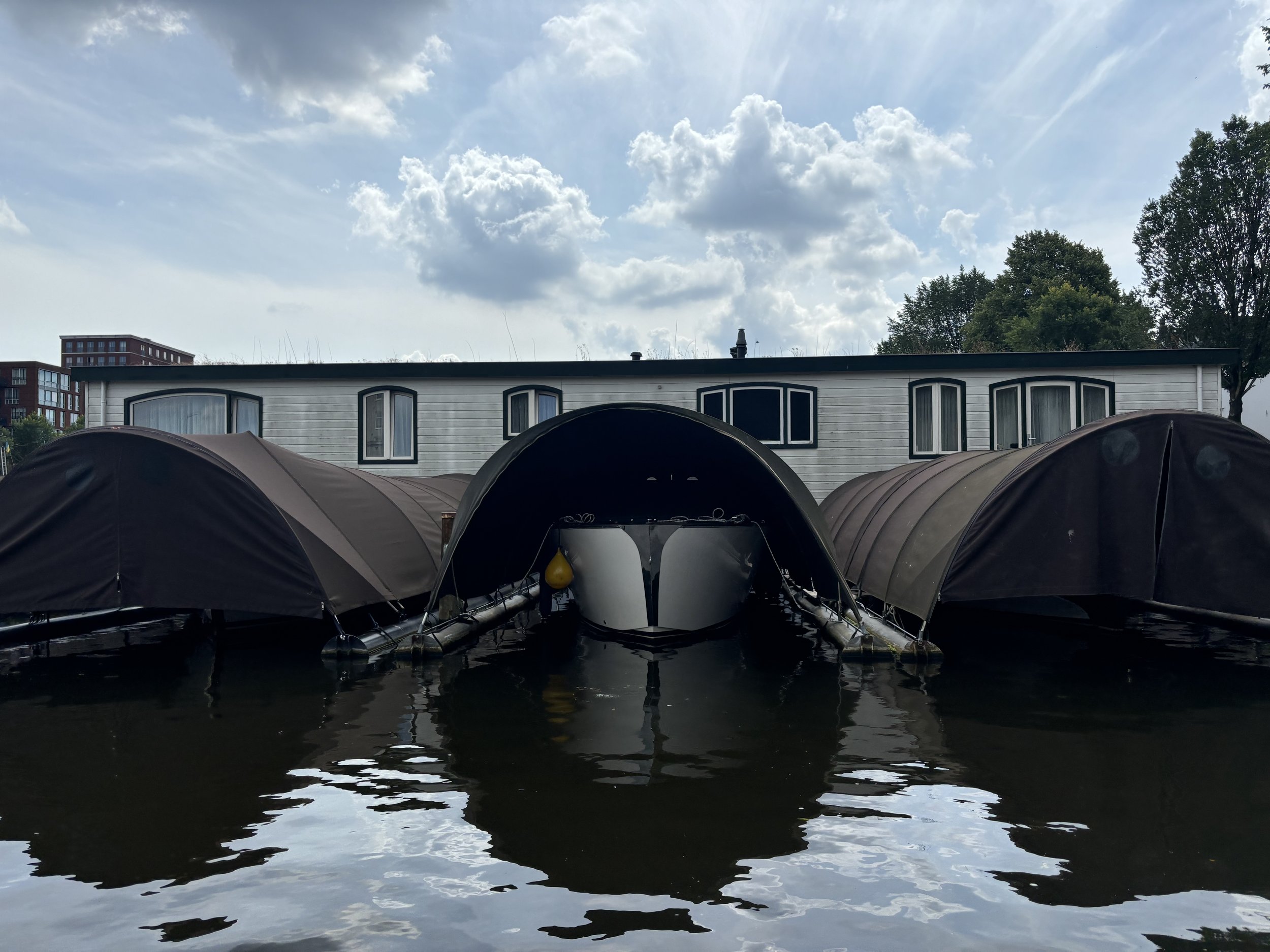
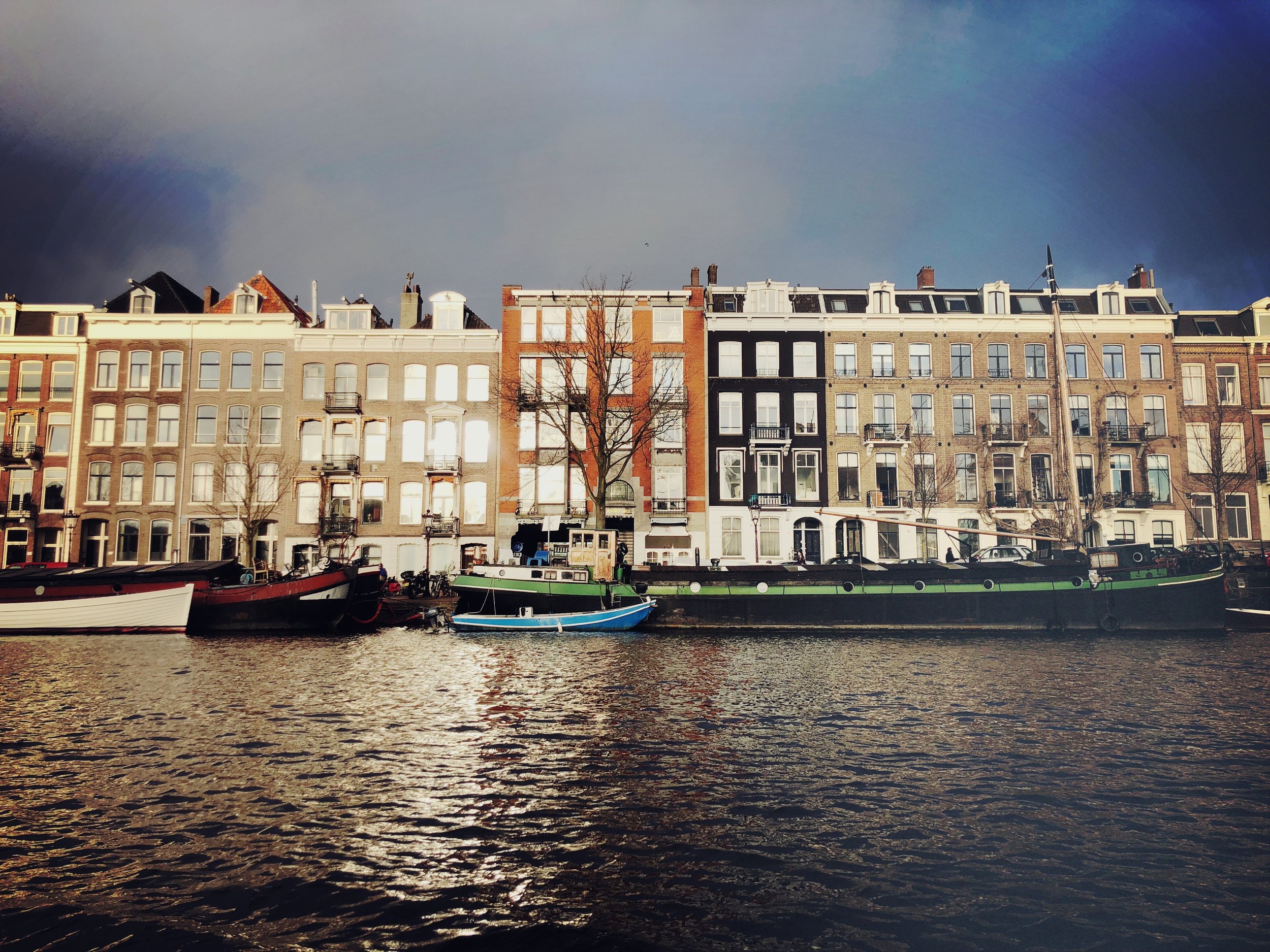
What few realize is that the boat houses represent not just a way of living, but a battle. The city is slowly tightening regulations, adding fees, and restricting permits. It is a fight between tradition and modernity, between freedom and control. The people in these boat houses are more than residents—they are survivors, clinging to their place in the ever-changing currents of Amsterdam.